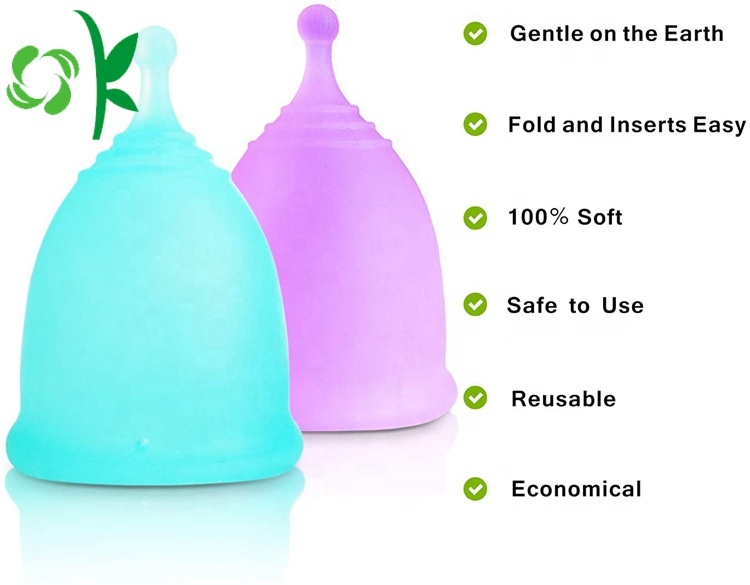Magnetic resonance imaging is widely used clinically due to its features such as non-invasive, rapid, high resolution, and high contrast. Especially in the diagnosis of tumors, the use of structural and functional images obtained by using different physical characteristics of diseased tissues and normal tissues has become an indispensable important basis for the early diagnosis of primary tumors and tumor metastases. Tumor formation is a complex process of long-term, multi-factor control, multi-step, multi-gene mutations. Most malignant tumors are of monoclonal origin and show uncontrolled growth. In clinical practice, when a considerable number of patients seek medical treatment, the disease has entered the middle and late stages and lost the best treatment time, which is one of the reasons for the high tumor mortality rate. Although MRI has all the above advantages, its lower sensitivity cannot meet the requirements of early diagnosis of tumors. This is because early-stage tumors and normal tissues differ less in physical characteristics (eg, T1 and T2). This subtle difference in physical properties is not sufficient to produce contrast between the tumor and normal tissue. In order to solve this problem, people apply MRI contrast agents to enhance the contrast of tumor and normal tissue images in order to facilitate the early diagnosis of tumors. R1 and R2 are the relaxation rates of the contrast agent and describe the effect of the contrast agent on T1 and T2 in the tissue. [c] is the concentration of the contrast agent uniformly distributed in the tissue. The reciprocals of equations (1) and (2) have a simple linear relationship with the contrast agent concentration. R1 and R2 depend on the structure of the contrast agent, and the T1 preparation mainly depends on the proximity of the contrast agent to the water molecule. The T2 preparation depends on the concentration of the magnetic substance. Before and after angiography in rat coronal planes (click to enlarge) Metabolic MRI Cross-Section of Contrast Medium in Rats (Click to Enlarge) Recommended Products More information, welcome to ask!
This silicone menstrual cup is made for women. It is made of high-quality, safe and harmless materials, which is very comfortable and convenient to use. It is more environmentally friendly than traditional sanitary napkins. Because its structure is very consistent with the structure of the human body, it can avoid the embarrassing situation of side leakage. It also has very high comfort, and there is no foreign body sensation when in use.
Our company's main business includes Silicone Phone Accessories, Silicone Bracelets, Silicone Watchband, Silicone Keychains and Silicone Kitchenware. OK Silicone Gift Co., Ltd, has been focusing on producing high-quality silicone products for many years, we welcome new and old customers to come and have a cooperation!
Wholesale Medical Silicone Menstrual Cup,menstrual cup silicone wholesale,Menstrual cup silicone custom,Custom Medical Silicone Menstrual Cup Dongguan OK Silicone Gift Co., Ltd. , https://www.dgsiliconemolds.com
The principle of magnetic resonance imaging contrast agent The proton nuclear MRI signal is the MRI signal source of various tissues. The MRI contrast agent does not produce a signal, and its role is to change the relaxation time of the internal hydrogen nuclear system. Contrast with surrounding tissue. MRI signal strength is related to physical and chemical parameters such as proton density spin-lattice relaxation time T1, spin-spin relaxation time T2. The T1, T2 parameters control the contrast intensity of the imaging. The hydrogen proton density changes very little in soft tissue, so T1-weighted imaging and T2-weighted imaging are used in diagnosis. The function of the contrast agent depends on its concentration in the tissue and proton density and movement in the tissue.
The MRI contrast agent must be a magnetic substance that can interact magnetically with the hydrogen nucleus. Contrast agents mainly change the signal intensity by affecting T1, T2. According to the principle of contrast agents can be divided into T1 preparations and T2 preparations. T1-type preparations increase the intensity of the signal in T1-weighted imaging. T2 preparations reduce signal intensity in T2-weighted imaging. Which type of contrast agent is used clinically depends on the characteristics of the tissue. The process of T1 shortening requires hydrogen protons to interact directly with the magnetic portion of the contrast agent, ie, the hydrogen nuclei of the water molecules should be as close as possible to the relaxation relaxation of the magnetic particles. For example, liposome-encapsulated Gd-DTPA is less potent than the same concentration of Gd-DTPA because liposomes limit the proximity of external water molecules to Gd-DTPA. The T2 shortening process is a remote effect that interferes with T2 through the inhomogeneity of the local magnetic environment of the T2 formulation. Entrapment of T2 preparations into liposomes increases T2 relaxation because liposome aggregation produces greater local magnetic environment changes.
The relationship between the T1 and T2 values ​​and the contrast agent concentration in the tissue is as follows: 
Magnetic Resonance Imaging Tumor Diagnosis In 1971, Damadian found that the T1 and T2 values ​​of the relaxation time of water molecules protons in tumor tissues were larger than those of normal tissues. In 1978, Mallard, Hutchison, and Lauterbur and others obtained the first-order NMR equipment with 0.04T~0.085T. An image of the human head, chest, and abdomen. Since then , the MRI technology has been highly valued by the scientific community for its outstanding advantages such as no radiation damage, no damage, no reagent intrusion, and the ability to study living bodies and dynamic processes systematically from the molecular level to the entire organ system. Rapidly, this new medical imaging diagnostic technology has rapidly become popular in medical centers and large and medium-sized hospitals in various countries and has become an important tool for clinical diagnosis.
The principle of MRI diagnostic technology is mainly to use the water protons in different tissues of organisms to generate different resonance signals under the influence of external magnetic fields. The strength of the signal depends on the water content in tissues and the relaxation time of protons in water molecules. Can effectively detect tissue necrosis, ischemia and various malignant lesions (such as tumors) for early diagnosis.
Show results
Rat || Contrast Agent|| Heart, Liver|| T1 Weighted Image|| Coronal, Cross Section|| Thickness 3.5mm
The instrument uses a MiniMR-60 MRI rat imaging system. The image is a T1 weighted image cross section and coronal plane. The sampling parameters are as follows: FOV=100mm×100mm, TR=400ms, TE=19ms, layer thickness 3.5mm, interval between layers 1mm, Accumulation times 16, K space size 192×256. The imaging results showed that after injection of contrast medium, the heart and liver of rats became brighter and gradually darkened with the prolonged metabolism. 







